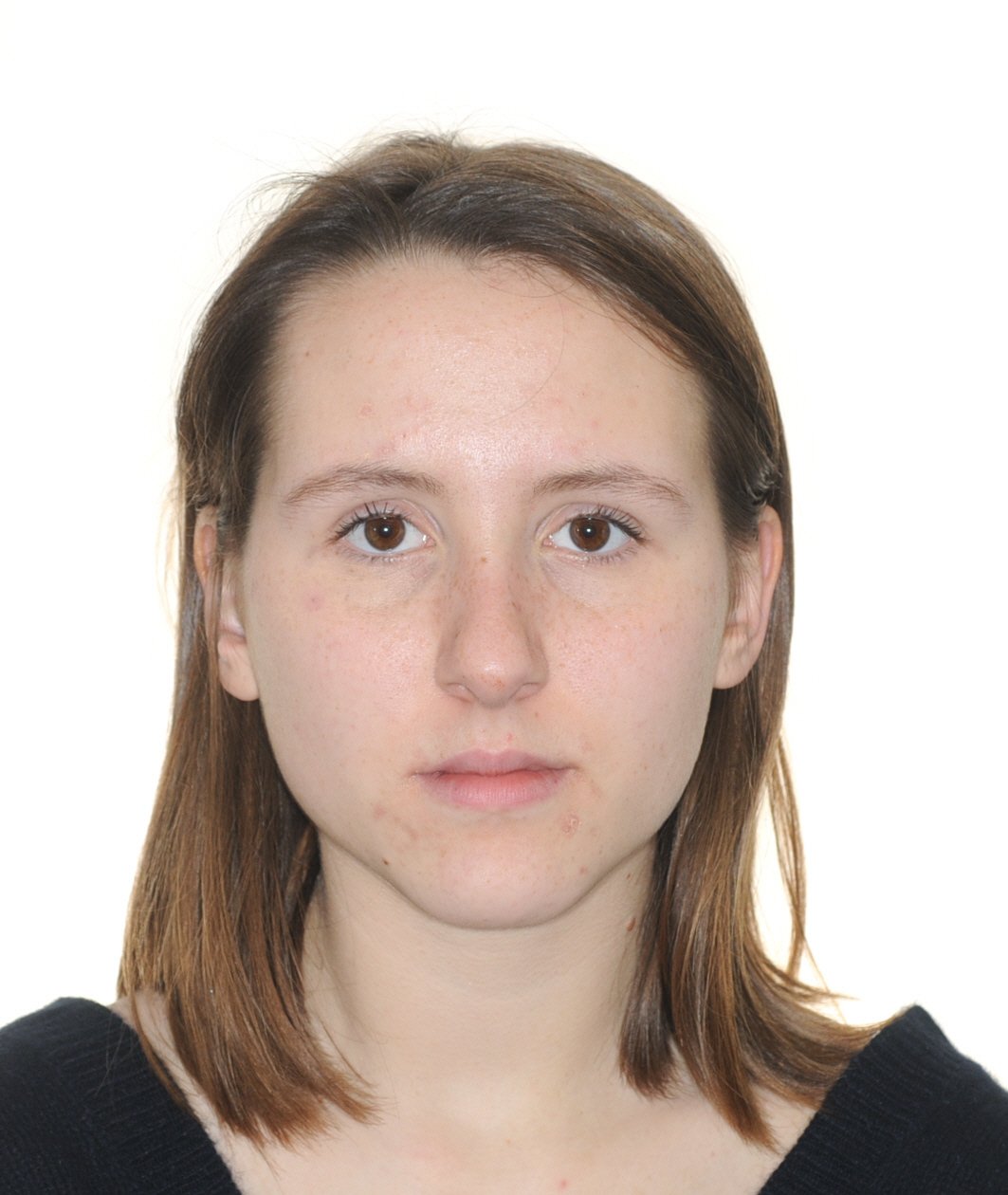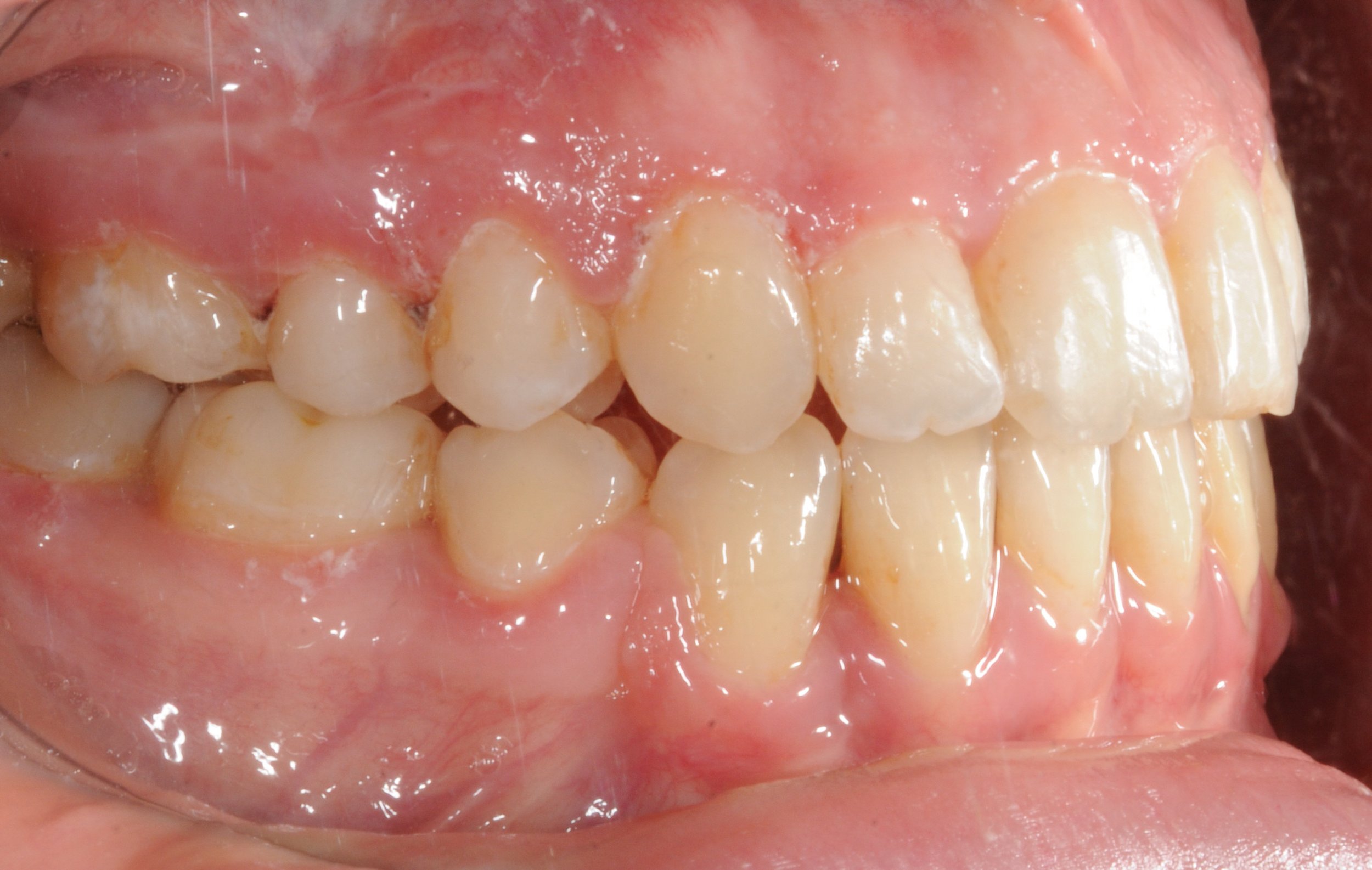Dr. Andrew's Nonsurgical Class III Case
In the world of Orthodontics, there are many situations where the teeth are not the culprit of a bad bite or smile. The size and the relative position of the jaws and their underline bone are to blame. The teeth are just the victim or the symptom. “As orthodontists it’s always a tough conversation to have with patients, mostly because it revolves around the word “Surgery” . To be completely honest, it’s a big scary word and can really change the narrative of a patients case discussion. We do a ton of surgery cases every year, but it’s also important to point out that while a lot of the time it’s a great solution (and very often easier mechanically and planning wise), it’s not always the only solution.” - Dr. Andrew. This is when creative planning, trust, and compliance comes into play between the orthodontist and the patient. This patient knew in order to achieve her desired results elastics and fixed braces were in her future, but she was determined and did everything that was asked of her at home.
The treatment of Class III malocclusion in adolescents can be challenging. In the 3D Xray images above, the bone plates were designed according to the shape of the patient’s maxillary and mandibular anatomy and the positions of the roots. The ultimate goal of orthodontic treatment was to accomplish bite correction while avoiding significant surgical procedures.
The patient began with these Bone Plates in place to try and achieve orthopedic correction. However, the patient's age and skeletal development meant there was always a chance the bones would be too mature for this to work.
After a few months of using elastics and the bone plates, we were not seeing the changes we were hoping to. This was likely because her skeletal maturation advanced to the point where this type of approach would not be effective. We moved on to discuss alternatives to fix the underbite while still avoiding jaw surgery. We carefully looked at the teeth, their position with their bone, and the measurements we take to analyze their relation to each other and presented a few options to her.
Ultimately the option she chose was to remove two teeth from the bottom in order to bring the rest of the teeth back and correct the underbite. This change would be in lieu of a skeletal correction, which would have resulted from seeing more positive changes with the bone plates or, at this point, from orthognathic surgery. “She believed it was the right path forward for her. That’s important too. Our jobs as doctors is to present everything we see and all the options and help our patients navigate them to end up with a plan they are comfortable with that will end in a result they are happy with.”- Dr. Andrew Lemchen. We referred the patient to an oral surgeon to have the teeth removed and we began to close the space.
Space closure is one of the slowest movements in orthodontics, but everyone stuck to the plan. As the spaces closed we started seeing the difference it made in her bite. The front teeth were now in a significantly better relationship, and while the relationship of the upper and lower molars was less ideal, it was still stable and healthy.
After we were able to close all of the spaces with braces, we were able to switch to aligners for the finishing and detailing stage. The detailing stage in orthodontics can be referred to as “fine tuning”. It’s where the we start making small changes in the tooth position of specific teeth to help synchronize the esthetics of a case, with the function and health of the teeth.
This patient allowed us to use attachments which are similar to brackets but match the color of the tooth to help the plastic of the aligners to get a better grip on the teeth. This gives us more control over the teeth themselves and makes these tiny movements easier and more predictably accomplished. By wearing her aligners and elastics , we were able to continue moving her lower teeth back and level her lower arch.
While we had to make some compromises in the molar area, we were able to avoid massive jaw surgery and help the patient achieve a fantastic smile that is both esthetically pleasing and functionally healthy and stable.
This is the perfect case that demonstrates how a little creative thinking, some creative planning, and a patient willing to go with the flow and trust us and the process can create a wonderful esthetic smile and and a functional bite…without full blown jaw surgery. All involved were thrilled with the outcome, especially considering the long journey.
Are you interested in treatment? Click the contact above to get started with a consultation with Dr. Andrew!



























































